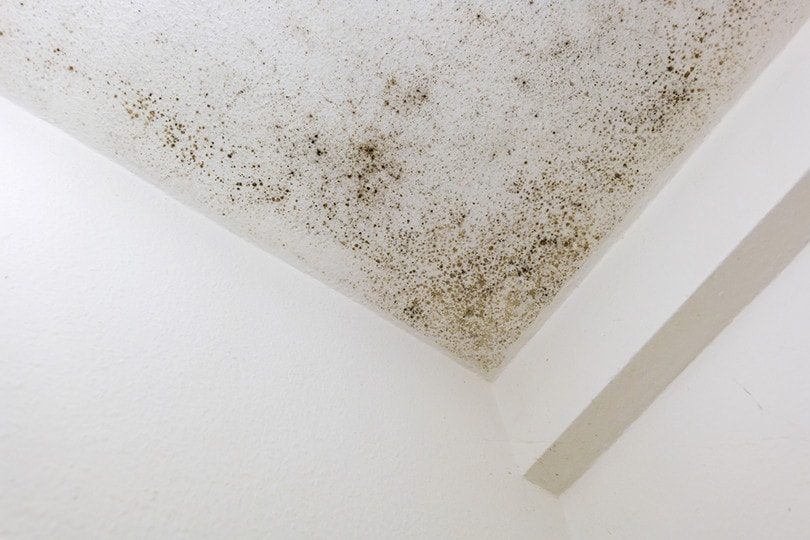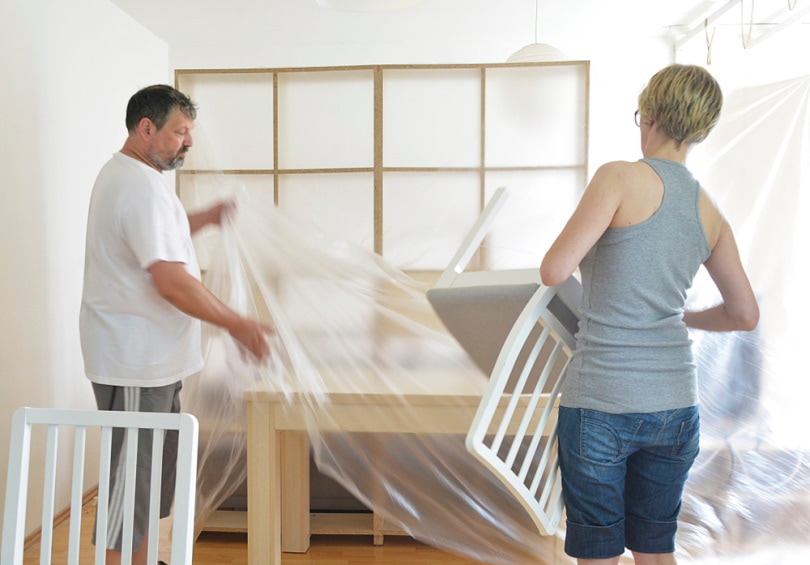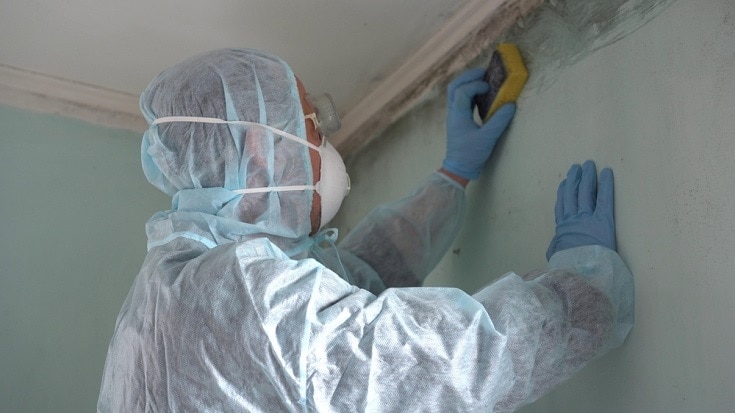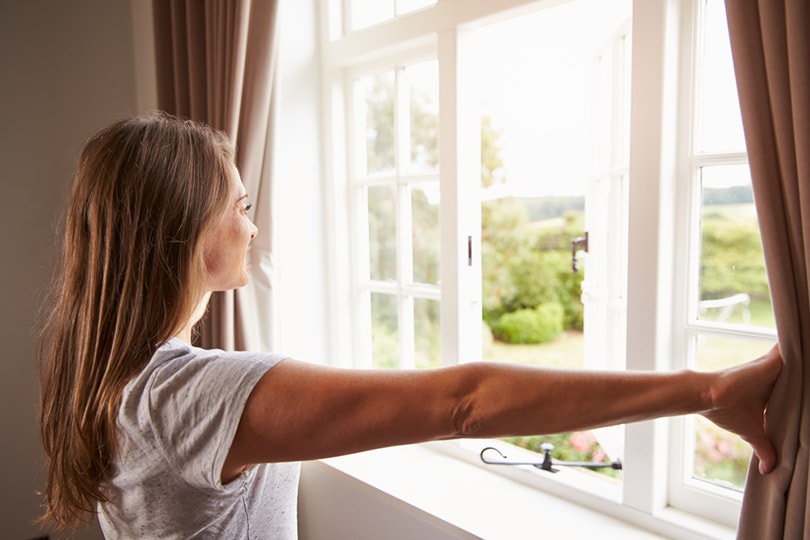How to Get Rid of Mildew Smell (2025 Guide)
-
Codee Chessher
- Last updated:

We all know and hate the distinctive damp and offensive smell of mildew. Unfortunately, it is not always easy to identify where the mildew is coming from and how to combat it.
The good news is that we’ve written a detailed guide on how to find and destroy mildew before it can spread or develop into mold. Let us dive in below with what you’ll need and how to go about it.
Before You Begin
Most people already have the most effective tools against mildew in their homes. You don’t need fancy cleaning ingredients or special tools to take out mildew sources in your house—just a few basic tools and supplies. Gather the items below and let’s get started.
- White or distilled vinegar
- Sponge
- Soft-bristled nylon brush
- Bucket
- Baking soda
- Hot water
- Rag
- Bleach (optional)
Bleach isn’t typically necessary to clean mildew, but it can be helpful in extreme cases or where you suspect mold activity as well. Use bleach at your discretion and in very small amounts.
The 4 Easy Steps to get Rid of Mildew Smell
1. Identify the Source of the Mildew

All you need to find mildew is your nose. If you don’t have a great sense of smell, have a friend or relative who does help you out. Likely candidates for mildew growth are isolated, damp corners in bathrooms, under kitchen cabinets, and other dark crannies. Look behind and under shower curtains, window curtains, and other obstacles in your quest.
Mildew can be identified by its white, powdery appearance. Black, yellow, brown, or other fuzzy growth is mold and requires a different set of tactics to kill.
2. Prepare the Area

Once you have found the mildew, clear the entire area. You want to clean any objects that mildew has spread onto, open windows, and possibly turn on a fan for the area to reduce the odor. Pay close attention to curtains, towels, and other fabrics—mildew loves to hide on these items. Launder affected items as necessary, with hot water if possible.
Lastly, pretreated the mildew by spraying white vinegar on the area and allowing it to sit for a few hours. This will help loosen the mildew and make cleaning it much easier later.
3. Clean the Mildew

Pour a liberal amount of baking soda into your bucket of hot water and grab your preferred cleaning utensil. A rag should be sufficient for most mildew, but certain areas might call for a sponge or long-handled nylon brush. Submerge your utensil into the hot water and scrub the mildewed area, repeatedly dunking your utensil in water as necessary.
For particularly stubborn mildewy grime, use another bucket of hot water with a small amount of bleach. Bleach should destroy even the most stuck-on mildew, but beware that it won’t discolor your flooring or wall in the process. Using more bleach will increase the chances of discoloration, so be careful!
4. Air Out the Area

Now you leave all the doors and windows open in the affected room, and a fan will help things a lot too. Moisture is the primary cause of mildew, so you want to make sure it gets completely dry. If you don’t, you could find mildew growing back in the same spot. Sprinkling some extra baking powder or cat litter in the wet spots will help accelerate drying.
 Is Mildew Dangerous?
Is Mildew Dangerous?
Mildew isn’t usually considered dangerous, but it can affect your health just like mold. From vague symptoms like fatigue and dizziness to serious respiratory problems, it’s imperative that you identify and clean mildew with extreme prejudice when you suspect it in your home.
Mildew also eats away at the structure of your home. If left unchecked, mildew can rapidly spread on your walls and floors and cause extensive damage.

Mold vs. Mildew: What’s the Difference?
Mold is a fungus-like mildew but looks different. Most garden variety molds are fuzzy, which is the main way you can differentiate it from powdery white mildew. If you see black mold growing in damp, dark corners, you should be contacting mold control professionals immediately. Black mold can be extremely dangerous if not treated ASAP.
Conclusion
Mildew isn’t just annoying and smelly. It can have very real negative effects on your home and health, so it’s crucial that you seek out mildew and treat it with the methods detailed above. Early detection and treatment of mildew can save you a lot of money and literal headaches.
Featured Image Credit: Dmitriy Utlanov, Shutterstock
Contents

 Is Mildew Dangerous?
Is Mildew Dangerous?